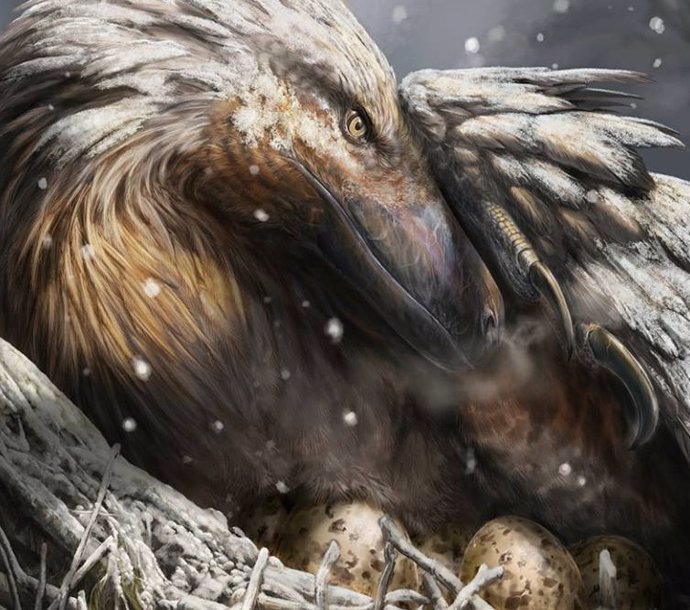Illustration of a dinosaur warming its eggs -UCL
May 16. () –
The ability to regulate body temperature may have evolved among some dinosaurs in the early Jurassic period, about 180 million years ago,
This is suggested by a new study on this trait that all mammals and birds have today, led by researchers from UCL (University College London) and the University of Vigo.
At the beginning of the 20th century, dinosaurs were considered “cold-blooded” and slow-moving animals, like modern reptiles, which depended on the heat of the sun to regulate their temperature. More recent discoveries indicate that some types of dinosaurs were probably capable of generating their own body heat, but it is unknown when this adaptation occurred.
The new study, published in the journal Current Biologyanalyzed the spread of dinosaurs in different climates on Earth throughout the Mesozoic Era (the era of dinosaurs that lasted between 230 and 66 million years), based on 1,000 fossils, climate models and the geography of the time and the evolutionary trees of dinosaurs.
The research team found that two of the three main groups of dinosaurs, theropods (such as T. rex and Velociraptor) and ornithischians (including relatives of the herbivores Stegosaurus and Triceratops), moved to colder climates during the Jurassic early, suggesting that they may have developed endothermy (the ability to generate heat internally) at this time. In contrast, sauropods, the other main group that includes Brontosaurus and Diplodocus, remained in warmer areas of the planet.
Previous research has found traits related to warm blood among ornithischians and theropods, and some are known to have feathers or protofeathers, which insulated internal heat.
First author Dr Alfio Alessandro Chiarenza, from UCL Earth Sciences, said it’s a statement: “Our analyzes show that different climate preferences emerged among the main dinosaur groups at the time of the Jenkyns event 183 million years ago, when intense volcanic activity led to global warming and the extinction of plant groups.
“Many new groups of dinosaurs emerged at this time. The adoption of endothermy, perhaps as a result of this environmental crisis, may have allowed theropods and ornithischians to thrive in colder environments, allowing them to be very active and maintain activity for periods longer, develop and grow faster, and produce more offspring.
Co-author Dr Sara Varela, from the University of Vigo, said: “Theropods also include birds and our study suggests that birds’ unique temperature regulation It may have originated in this Early Jurassic era.
“Sauropods, on the other hand, which remained in warmer climates, grew to gigantic size around this time, another possible adaptation due to environmental pressure. Their smaller surface-to-volume ratio would have meant that these larger creatures would lose heat at a reduced pace, which would allow them to remain active for longer.
In the paper, the researchers also investigated whether sauropods could have stayed at lower latitudes to eat richer foliage that is not available in colder polar regions. Instead, they found that sauropods seemed to thrive in arid, savanna-like environments, supporting the idea that their restriction to warmer climates was more related to higher temperature and then colder physiology. During that time, the polar regions were warmer and had abundant vegetation.
The Jenkyns event occurred after lava and volcanic gases erupted from long fissures in the Earth’s surface, covering large areas of the planet.

![[Img #74134]](https://thelatestnews.world/wp-content/uploads/2024/10/They-find-a-legendary-ship-that-mysteriously-shipwrecked-more-than-150x150.jpg)










![[Img #74134]](https://thelatestnews.world/wp-content/uploads/2024/10/They-find-a-legendary-ship-that-mysteriously-shipwrecked-more-than-300x200.jpg)


Add Comment